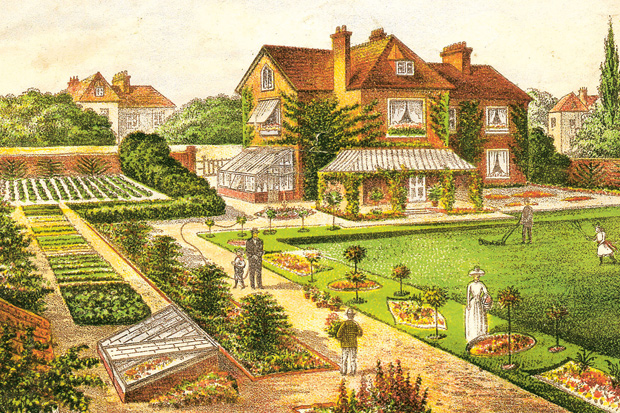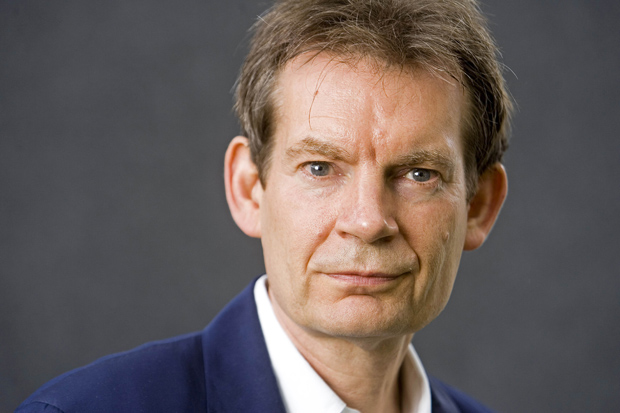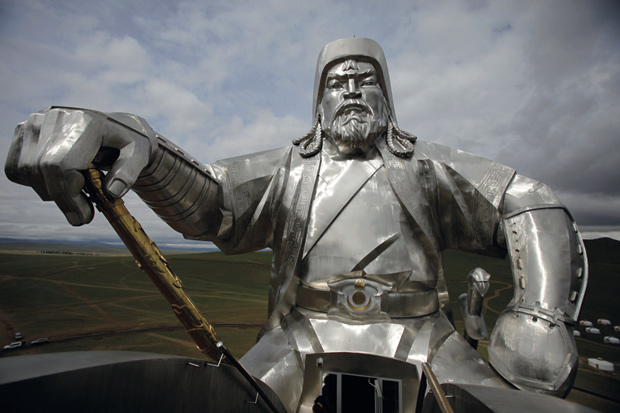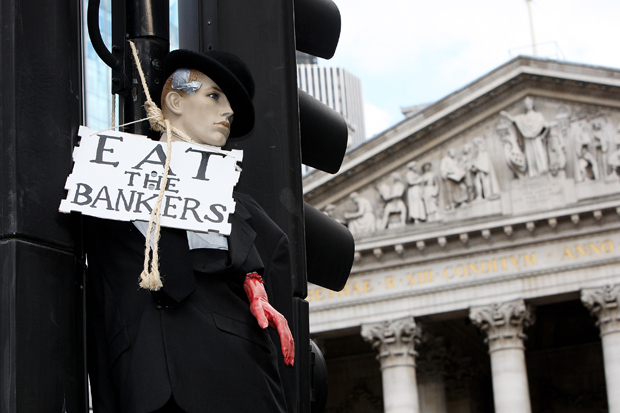Sybille Bedford all her life was a keen and courageous traveller. Restless, curious, intellectually alert, she was always ready to explore new territories, her experiences recounted in a sophisticated style that Jan Morris in her introduction refers to as ‘a kind of apotheosised reportage’. Bedford’s first book, A Visit to Don Otavio, describing an expedition to Mexico, was to become a classic of travel literature, and the essays in Pleasures and Landscapes show many of the same exceptional qualities.
Over three decades, from 1948 to 1978, Bedford journeyed through Italy, Switzerland, France, Denmark, Portugal and Yugoslavia. Vivid, acutely observed and intensely personal, her accounts of these voyages of discovery provide a fascinating record of Europe’s gradual evolution from postwar destitution to the prosperity enhanced by a rapidly expanding tourist industry. As one who spent much of her youth in the relative tranquillity of coastal Italy and the south of France, Bedford understandably regards much of this with distaste, and yet she never distances herself. Instead she examines this changing world with unfailing curiosity, focusing with her novelist’s eye not only on buildings and landscape but upon the characters encountered en route.
The first piece, ‘The Homecoming’, reads like a mesmerising short story. German by birth and part Jewish, Bedford had had to leave France in 1940, spending the war years in exile in the United States. Deeply rooted in her European past, it is with profound relief that in 1948 she finally returns, settling first in Rome, where at a friend’s apartment she meets the glamorous war correspondent Martha Gellhorn. Dazzled by the brave and beautiful American (‘Meeting Martha Gellhorn… was like being exposed to a 1500-watt chandelier’), Sybille eagerly agrees to her suggestion that she should drive Martha’s car down to Naples and from there join her on Capri.
During their first evening on the island, the pair dine in the piazza, at a trattoria famous as the regular haunt of that notorious reprobate Norman Douglas. Douglas, at his usual table, beckons them over to join him, and Sybille watches with amusement as both he and Martha proceed completely to misinterpret each other. Douglas playfully addresses the formidable reporter as ‘my poppet’, while the puritanical Martha sees in the pederastic Douglas only the cosiest of old gentlemen. ‘The talk, as I remember,’ writes Bedford, ‘was chiefly about fish.’ Afterwards, the two women, elated and unable to sleep, stand gazing out through the open window of their hotel bedroom, breathing in the scent of the night air, ‘jasmine, citrus, oleander, warm stone, a hint of sea’.
As any good travel writer must, Bedford has both a highly developed visual sense, enabling her graphically to convey the country she is travelling through, and a strong subjectivity so that we are always aware that we are seeing through her eyes. In a train in Switzerland, for instance, she writes of ‘sweet pasture country, softly moulded, orchards, fir trees, cuckoo-clock houses, village spires… Picture-book Switzerland. I looked at it with reserve.’ We walk with her through the streets, examine her hotel bedrooms, and share her fascination with the people she encounters, from the two rain-soaked border guards in Portugal, ‘thin as crows under their black lacquered hats’, to some very uninhibited children on a Yugoslav ferry, to the watchful manager of a grand hotel on Lake Lucerne, strolling through the lounge in black tail-coat, silk tie and polished boots, bowing, smiling and missing nothing.
In nearly all these essays a great deal of attention is paid to eating and drinking, and for some the almost obsessively detailed descriptions may appear, in the words of Jan Morris, ‘a little too irrepressible’. But for Bedford food and wine were of passionate concern, and few knew more than she about either.
The last section, written in 1978, takes us on a private tour of wine châteaux in the Bordeaux region, and it is here we are shown the real experts at work.
We look, we inhale, we draw in our mouthful: we chew, we think. It is a slow process… utterly absorbing and near an ordeal — the raw tannin puckers the inside of the cheeks, rasps the throat like claws, while at the kernel one finds a notion of… what? Texture, structure, multiplicities of scents…
As well as for its seductive style, Pleasures and Landscapes is remarkable for its author’s admirable inquisitiveness, her interest in almost everything. And yet, oddly perhaps for such a doughty character, Bedford suffered tormentingly from anxiety, of which the only hint given here is a touching acknowledgement in the book’s dedication to one of her travelling companions: ‘To Lesley, from her nervous passenger.’
Got something to add? Join the discussion and comment below.
Get 10 issues for just $10
Subscribe to The Spectator Australia today for the next 10 magazine issues, plus full online access, for just $10.
Available from the Spectator Bookshop, £9.49. Tel: 08430 600033
Selina Hastings is at work on a biography of Sybille Bedford.
You might disagree with half of it, but you’ll enjoy reading all of it. Try your first month for free, then just $2 a week for the remainder of your first year.














Comments
Don't miss out
Join the conversation with other Spectator Australia readers. Subscribe to leave a comment.
SUBSCRIBEAlready a subscriber? Log in